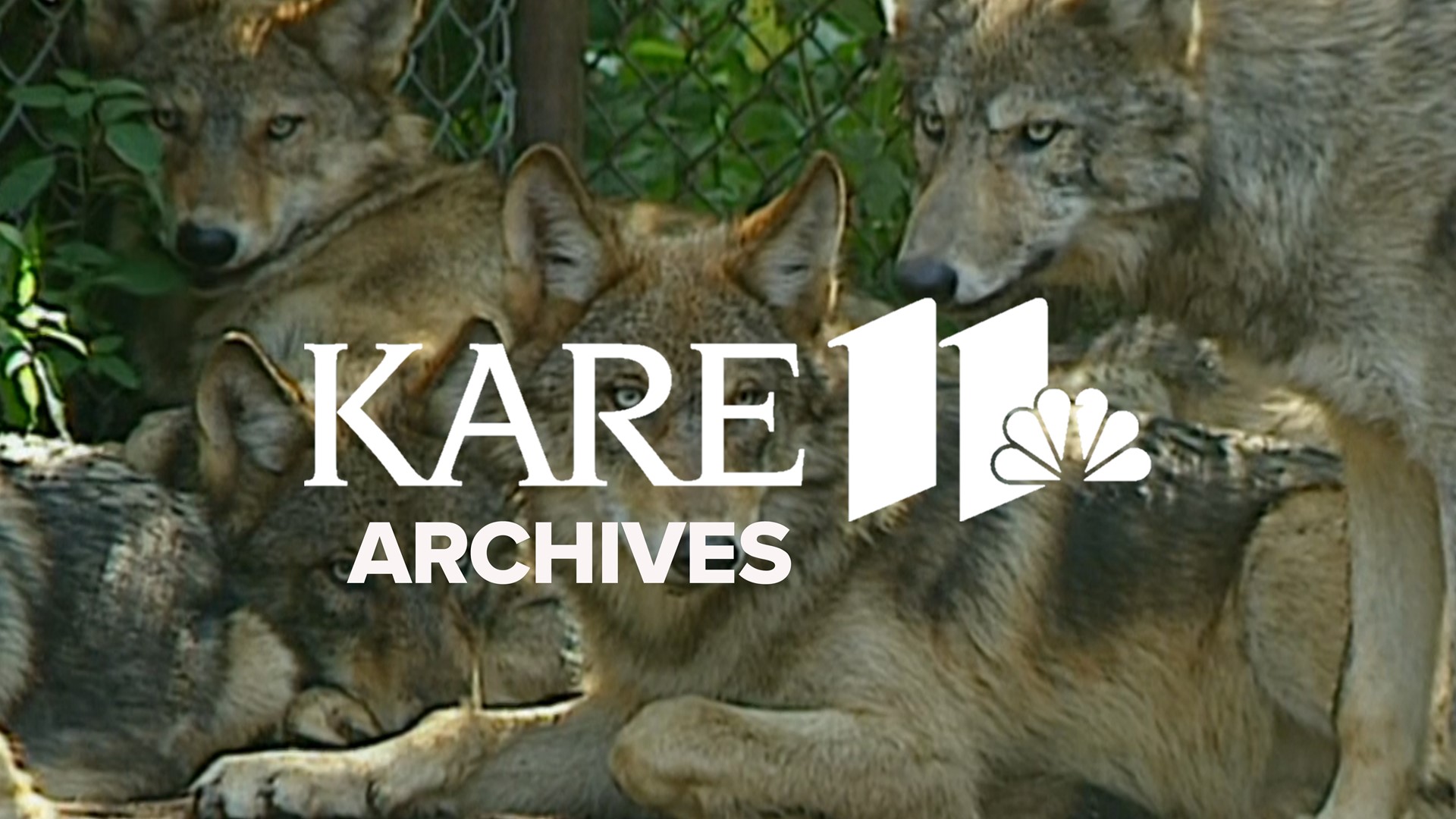GRAND PORTAGE, Minn. — Editor's note: The video from the KARE 11 Archives first aired in 1998.
Unusually warm conditions forced researchers to cut short an annual survey of wildlife on a remote Lake Superior island this winter, but they still managed to gather enough data to show the wolf population is stable.
Isle Royale is a 134,000-acre island situated in far western Lake Superior between Grand Marais, Minnesota, and Thunder Bay, Canada. The park is a wildlife biologist’s dream, offering a rare opportunity to observe wolves and moose acting naturally without human influence.
Scientists have conducted an annual survey of the island's wolves and moose since 1958. It's been going on every year except for 2021, when the pandemic forced researchers to cancel.
Researchers typically conduct aerial surveys of the island to develop population estimates and observe animal behavior. The island doesn't have a landing strip so the scientists use skiplanes that can land on the ice surrounding it.
A team led by Michigan Tech University researchers was two weeks into this year's seven-week survey in January when temps that were well above average left the ice around the island unsafe for their planes to land. They were forced to evacuate the island and could not return.
Data the team gathered before they left shows the wolf population stands at 30 animals, down from 31 last year but up from 28 in the winter of 2022. Scientists said they believe the wolves have divided themselves into four packs, with one pack numbering at least 13 wolves. At least one wolf appeared to be living alone.
Isle Royale's moose population, meanwhile, stands at 840, down 14% from last year. Overall, the moose population has declined by almost 60% since 2019, when the population peaked at a little more than 2,000 animals.
In past years, most moose died from starvation, the scientists said. Moose can eat up to 40 pounds of vegetation daily and with low wolf numbers, the population grew unchecked and the creatures ate themselves out of food. But this year's decline is likely linked to wolf predation, they said.
It doesn't help that fewer moose are having calves. Less than 6% of the moose the researchers observed this winter were calves, higher than last year's estimate of 2% but still far below the long-term average of 13%.
WATCH MORE ON KARE 11+
Download the free KARE 11+ app for Roku, Fire TV, Apple TV and other smart TV platforms to watch more from KARE 11 anytime! The KARE 11+ app includes live streams of all of KARE 11's newscasts. You'll also find on-demand replays of newscasts; the latest from KARE 11 Investigates, Breaking the News and the Land of 10,000 Stories; exclusive programs like Verify and HeartThreads; and Minnesota sports talk from our partners at Locked On Minnesota.
- Add KARE 11+ on Roku here or by searching for KARE 11 in the Roku Channel Store.
- Add KARE 11+ on Fire TV here or by searching for KARE 11 in the Amazon App Store.
- Learn more about the KARE 11+ app for Apple TV in the Apple App Store.
- Learn more about KARE 11+ here.
Watch more WeatherMinds:
Watch the latest deep-dives and explainers on weather and science in our YouTube playlist:

